Frighteningly fast
In the 1982 racing season, in which the new Group C regulations were already in force, Lancia managed to get by with the Group 6 LC1. But if they wanted to continue to be among the front runners in the Constructors’ World Championship, the Italians needed a new racing machine. However, there was no engine, and with the 1.4-litre engine from the Beta Montecarlo Turbo, there was nothing to be gained. With a heavy heart, Lancia Corse turned to the Fiat group for help – and was answered by Ferrari.
They had just introduced the Ferrari 308 GTBi QV, whose 3-litre V8 now had a four-valve cylinder head. Lancia and Abarth were allowed to use this engine in their cures. In order to comply with the regulations, which also stipulated strict consumption rules (only 60 litres/100 km…), the displacement was cut to 2.6 litres and two KKK K26 turbochargers were added. Dallara was again responsible for the chassis, an aluminium monocoque, and the bodywork made of Kevlar and carbon. The LC2, as the Lancia was christened, was not only optimally ventilated, but also very aerodynamic – it was considered frighteningly fast on the straights.
So it was no surprise that the Lancia LC2 managed 13 pole positions and 11 fastest laps in its career, which lasted from 1983 to 1986. The Italian was 11 seconds faster than the best Porsche in qualifying for Le Mans in 1983. Only reliability was a bit of a problem, only three race wins were achieved by the seven cars built (Imola, Kyalami, Spa). Twice the dominant Porsche 956 did not start, and the victory at Spa was also overshadowed by the fact that the race was stopped early out of respect for Stefan Bellof, who had died on the track.
The less than impressive performance of the Lancia LC2 was due on the one hand to the Ferrari engine, which also consumed far too much fuel (and therefore later became a 3-litre again, this time with Magnetti-Marelli ignition), but on the other hand also to a very chaotic organisation. The tyre manufacturer was changed again and again, from Pirelli to Dunlop to Michelin, sometimes a wheel simply fell off, then the two leading Lancia drove each other off the track at Brands Hatch. At the end of 1986, Lancia finally gave up, but some customer teams kept the LC2 running until 1991. Without success.
We can show here two examples of the Lancia LC2, LC2-0001 and LC2-0007 (officially the last car built – but apparently Lancia flogged two more chassis to private customers), both sold through Girardo & Co. LC2-0001 was logically the first car (which, incidentally, was presented to the public at the same time as the Lancia Rally 037, in February 1983), failed at Le Mans 1983 and finished second at Kyalami 1984, but then with the 800 hp 3-litre variant. LC2-0007 was the last version, more than 800 hp, set the fastest race lap three times in its three races and finished on pole position twice as well as on the podium.
We have a nice overview of some fine Lancia stories, here. And then there’s also the archive.






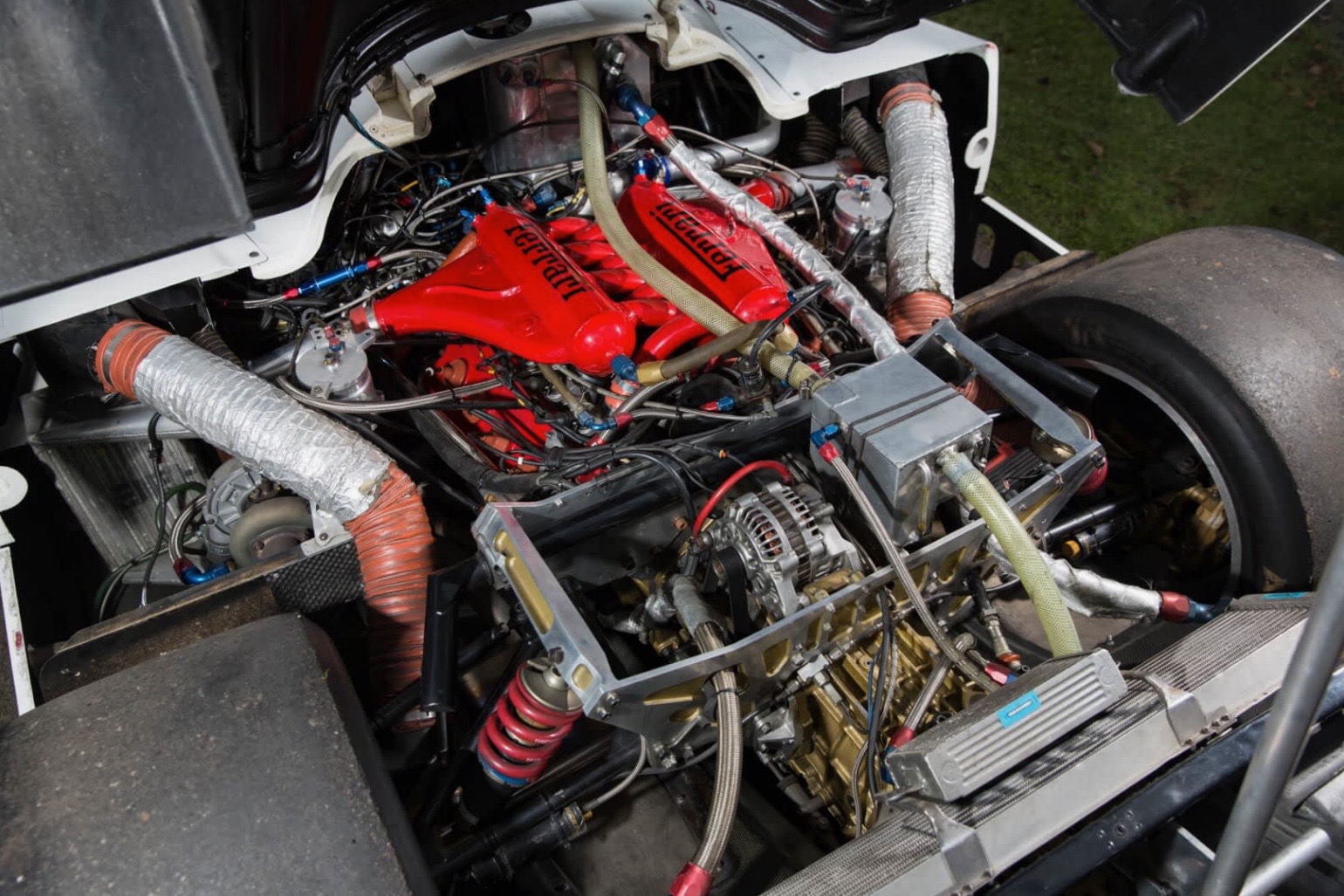
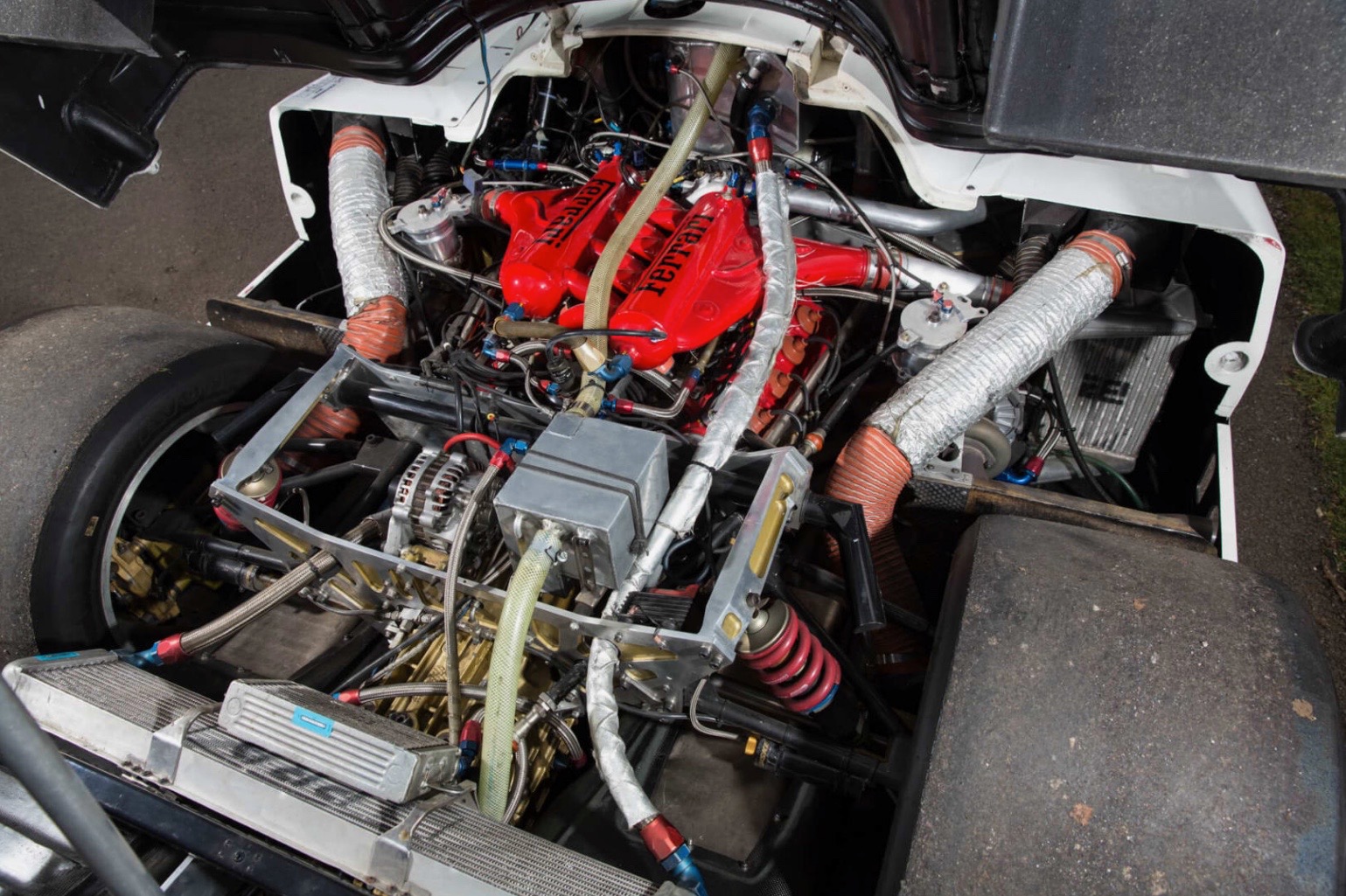






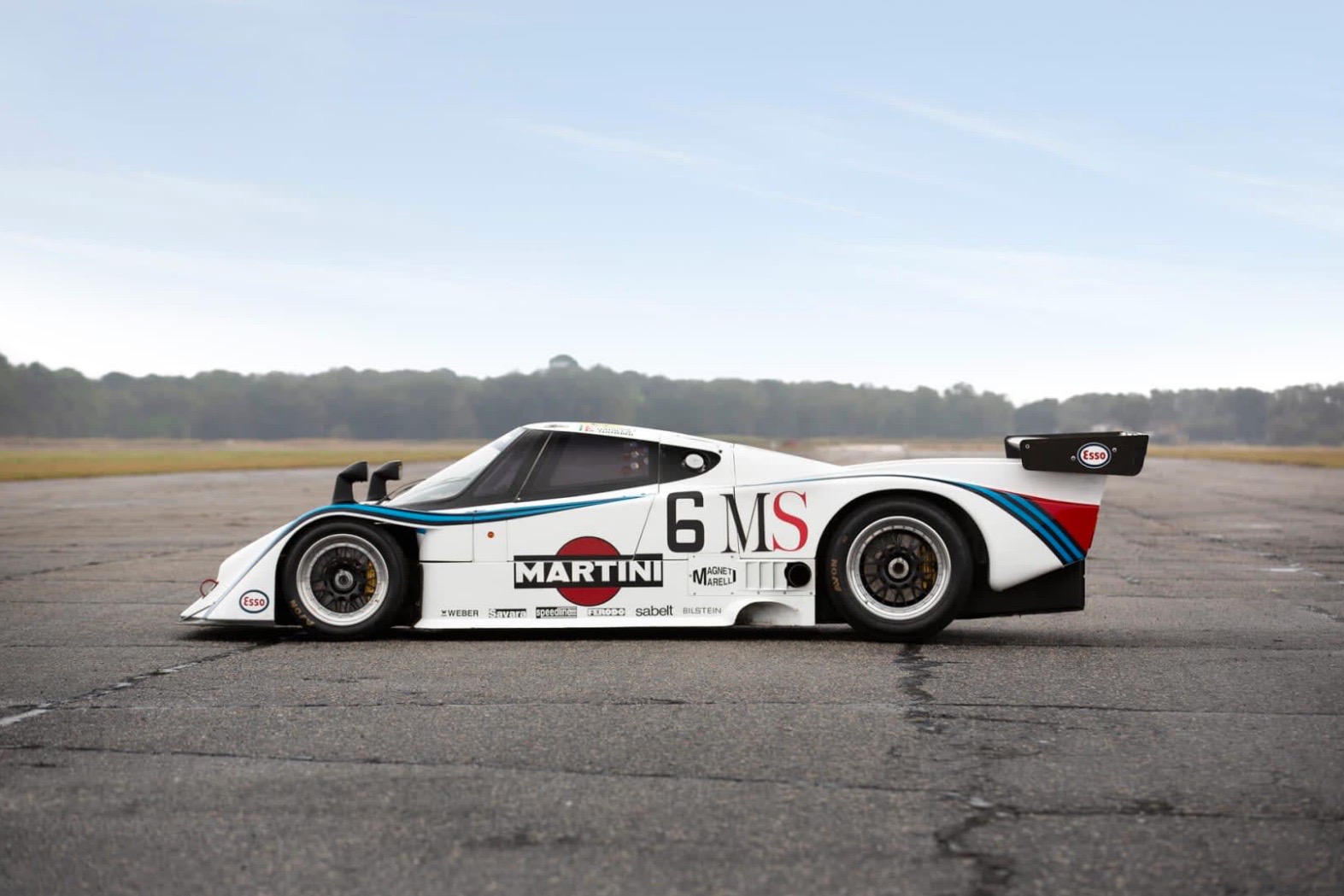









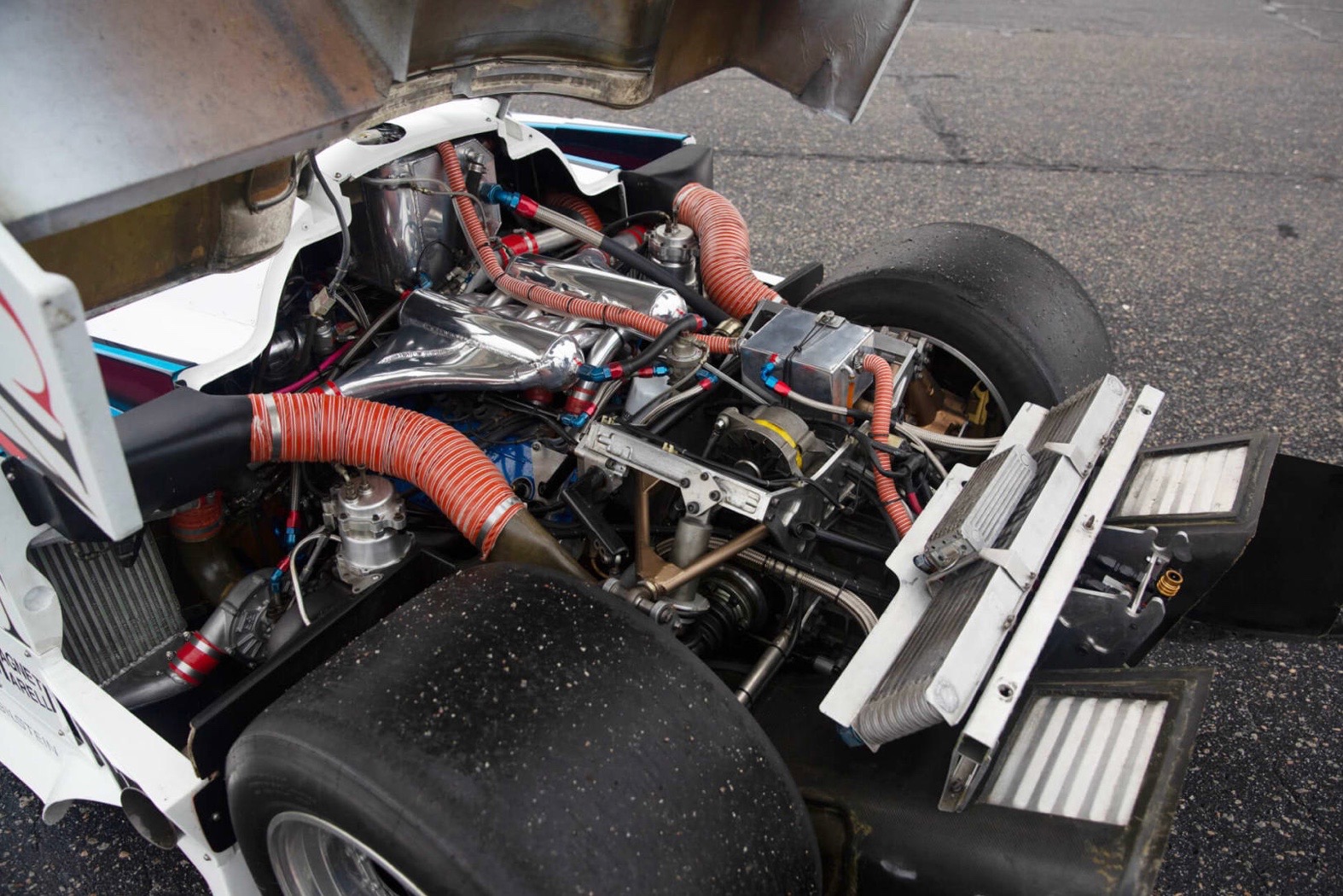

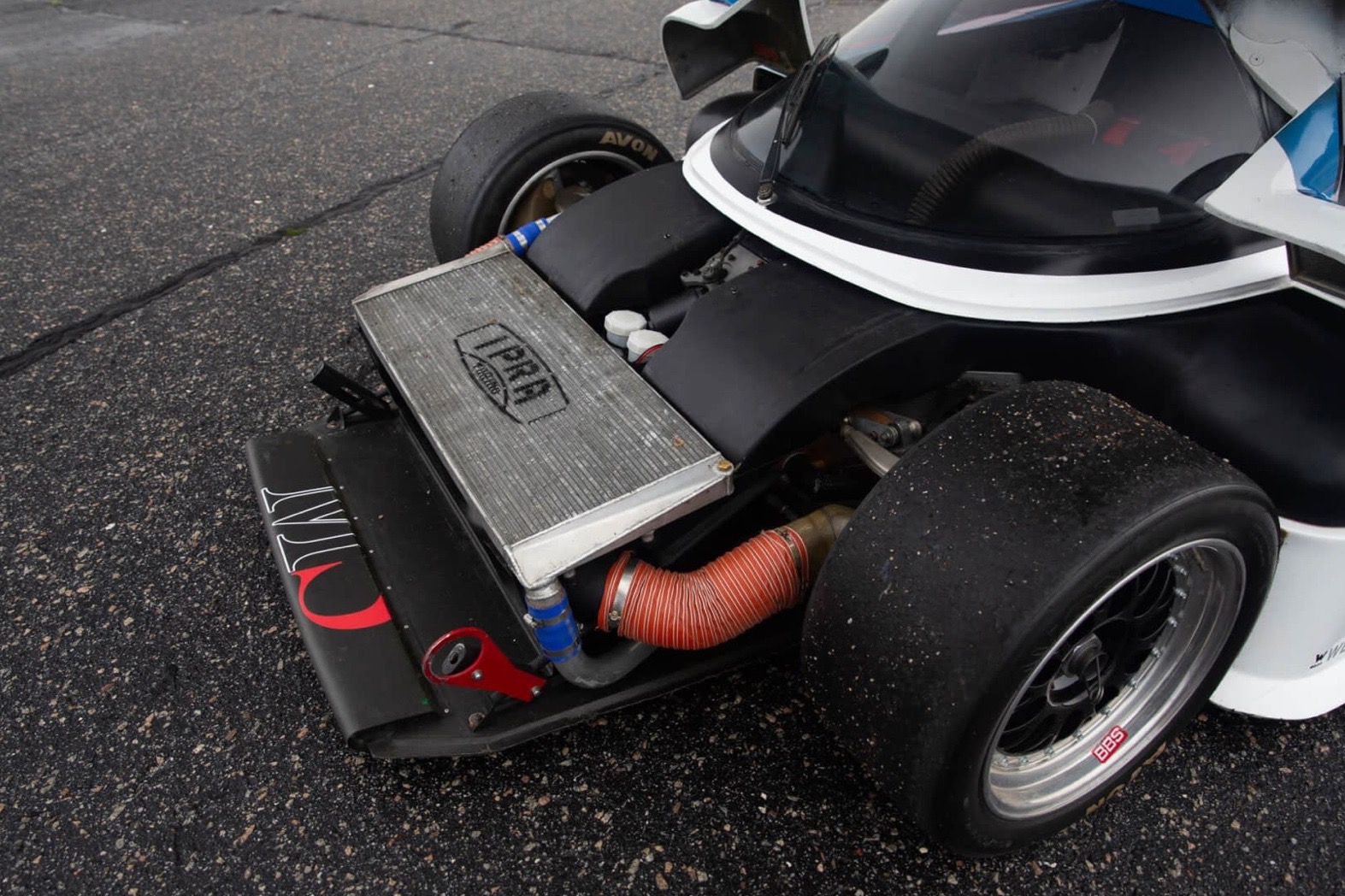
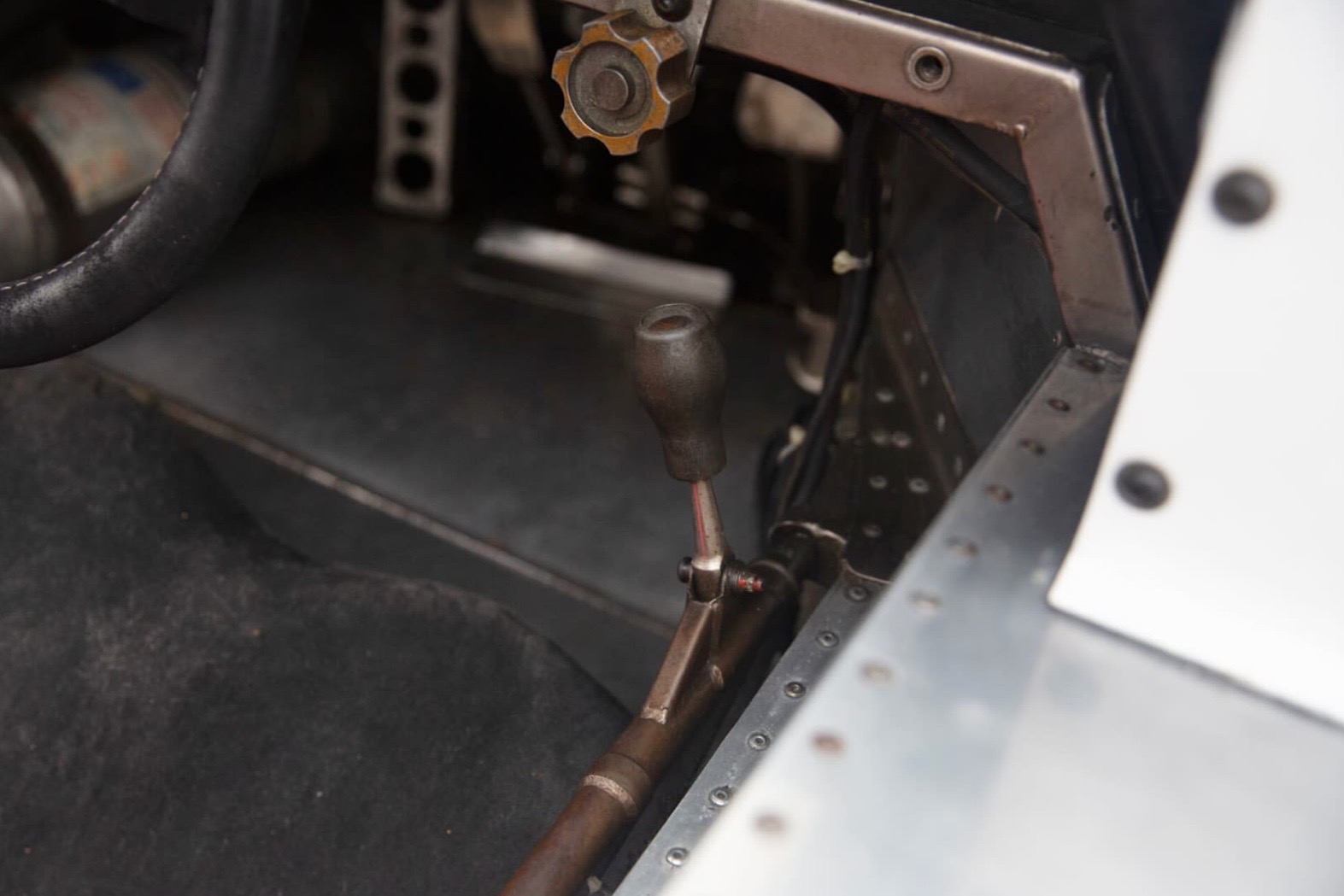










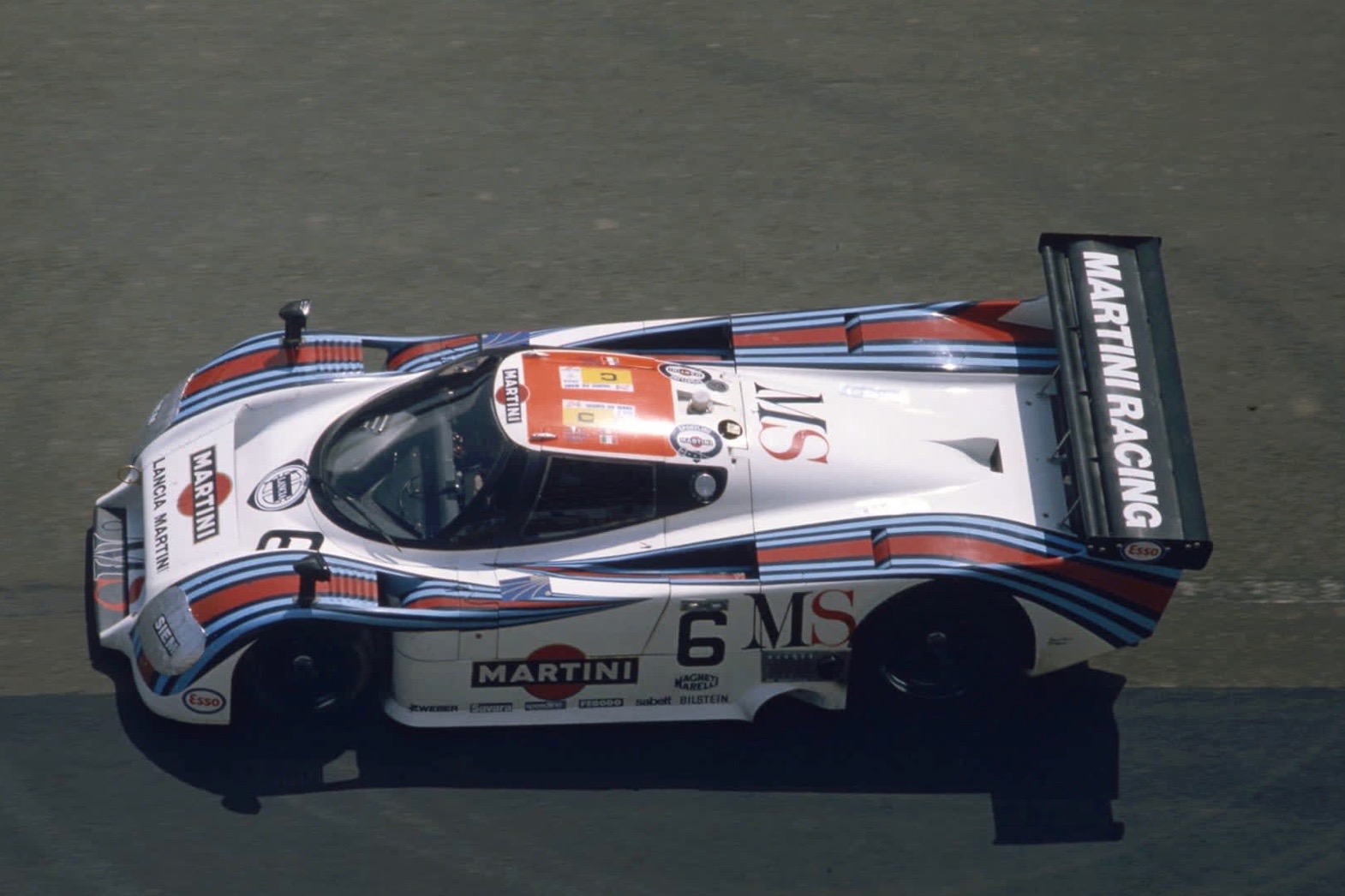
Be First to Comment